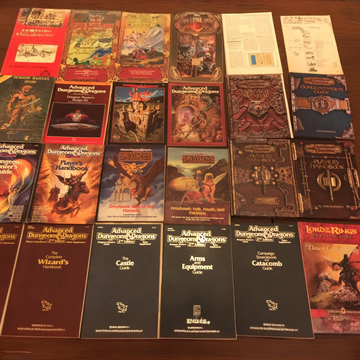Introduction
Since its inception in the 1970s, Dungeons & Dragons has captivated the imaginations of players worldwide. This post explores the evolution of D&D, from its roots as a tabletop game to its expansion into digital platforms, highlighting how the game has adapted and grown over the decades.
The Origins of Dungeons & Dragons
Dungeons & Dragons was created by Gary Gygax and Dave Arneson in 1974, marking the birth of modern tabletop role-playing games. The original game combined elements of war games with fantasy storytelling, offering players the opportunity to create characters and embark on epic quests.
The Rise of Digital Platforms
In recent years, D&D has embraced digital platforms, allowing players to connect and play online. Tools such as Roll20 and D&D Beyond provide virtual spaces for character creation, campaign management, and gameplay, making it easier than ever for players to engage with the game.
The Impact of Video Games
The influence of Dungeons & Dragons extends beyond tabletop gaming into the realm of video games. Popular games like Baldur’s Gate, Neverwinter Nights, and Divinity: Original Sin have drawn inspiration from D&D’s mechanics and storytelling, introducing the game’s concepts to new audiences.
The Future of D&D
As technology continues to evolve, so too does Dungeons & Dragons. Virtual reality and augmented reality offer exciting possibilities for immersive gameplay experiences. The game’s adaptability ensures it remains a beloved pastime for generations to come.
Conclusion
Dungeons & Dragons has undergone significant evolution, expanding from a niche tabletop game to a global phenomenon embraced by millions. Its adaptability and enduring appeal ensure that it will continue to captivate players in both traditional and digital formats, offering endless opportunities for adventure and storytelling.


